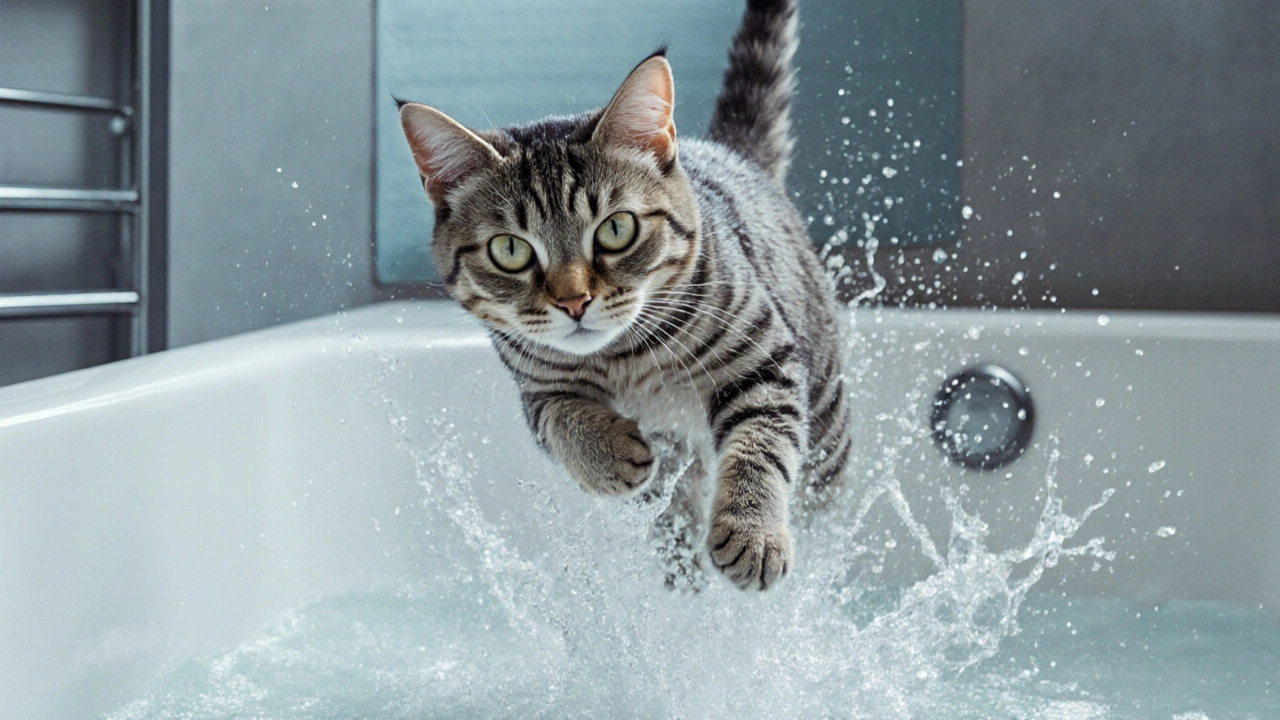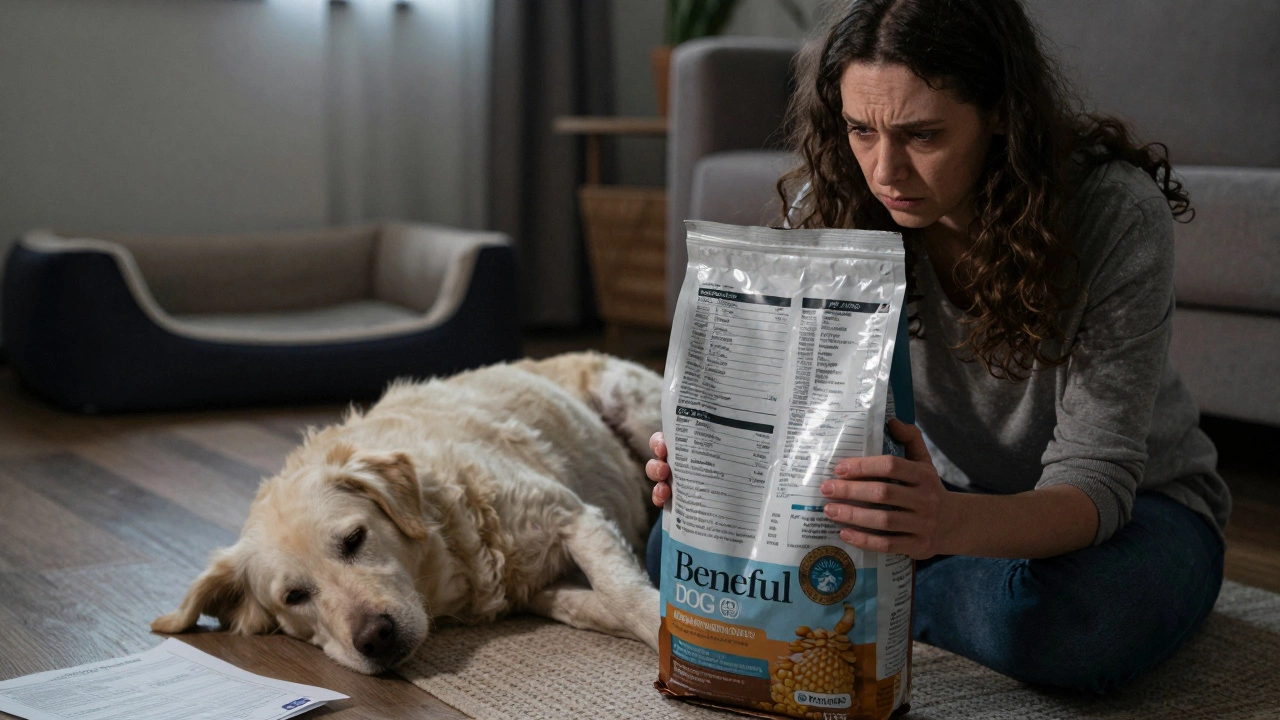Feline Skin Health: Keep Your Cat’s Coat Shiny and Itch‑Free
When caring for feline skin health, the overall condition of a cat’s skin and coat that impacts comfort, appearance, and wellbeing. Also known as cat skin care, it directly links to cat nutrition, the balance of proteins, fats, vitamins, and minerals a cat needs for healthy skin and coat, feline allergies, immune reactions to food, fleas, or environmental triggers that cause itching, redness, or hair loss, and cat grooming, regular brushing, bathing, and nail care that removes loose hair, distributes natural oils, and spot‑checks for skin problems. Each of these factors forms a triangle: good nutrition fuels a strong coat, grooming distributes those nutrients across the skin, and managing allergies prevents inflammation that can strip the coat of its shine. Ignoring any side of the triangle often leads to dry patches, excessive shedding, or hot spots that need a vet’s attention.
Key Elements That Influence a Cat’s Skin and Coat
First, the diet matters more than many pet owners realize. Omega‑3 and omega‑6 fatty acids, found in fish oil or high‑quality poultry, are building blocks for skin cells and help keep inflammation in check. A deficiency shows up as dull fur, flaky skin, or constant scratching. Pair the fats with high‑quality animal protein because cats are obligate carnivores; plant‑based proteins don’t provide the essential amino acids that support keratin production. Hydration is the hidden hero – a cat that drinks enough water maintains a moist skin barrier, which reduces cracking and itching. Second, allergy management can be a game‑changer. Seasonal pollen, dust mites, or flea saliva often trigger a cat’s immune system. Regular flea prevention, a limited‑ingredient diet, or an elimination trial under vet guidance can pinpoint the culprit. When an allergen is removed, you’ll notice a quicker recovery of the coat’s thickness and less hair loss. Third, grooming isn’t just about looking good; it’s preventative care. Brushing once daily with a slicker brush spreads sebum, the natural oil that keeps skin supple and protects against bacterial overgrowth. It also gives you a chance to spot early signs of parasites, hot spots, or lumps. For long‑haired breeds, a weekly comb helps avoid matting that can trap moisture and cause skin infections. Finally, environmental factors like temperature and humidity play subtle roles. Too‑dry indoor air in winter can sap moisture from the skin, so using a humidifier or placing a shallow water bowl near sleeping spots can help. Likewise, keeping the litter box clean reduces the risk of irritants that might cause dermatitis.
Putting these pieces together means looking at your cat’s health holistically: a balanced, moisture‑rich diet rich in essential fatty acids, proactive allergy control, consistent grooming routines, and a comfortable living environment all work together to maintain feline skin health. Below you’ll find a curated selection of articles that dive deeper into each of these areas, offering practical tips you can start using today to keep your cat’s coat soft, glossy, and itch‑free.
Why You Should Skip Cat Bathing: The Risks and Smarter Alternatives
Learn why regular cat baths can harm your pet and discover low‑stress grooming alternatives that keep fur fresh without the stress.






